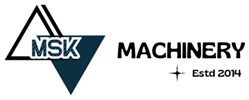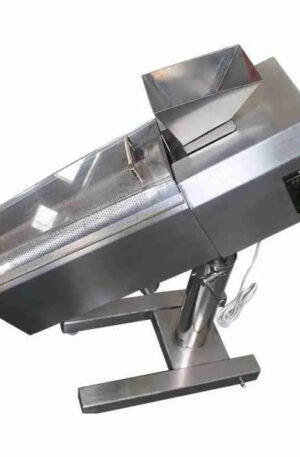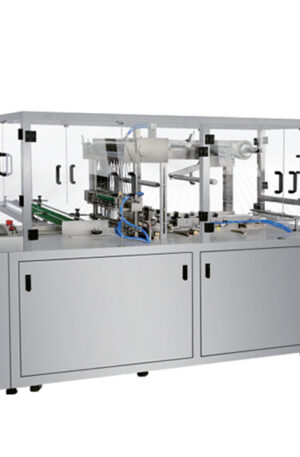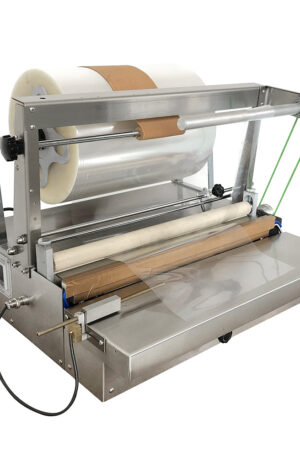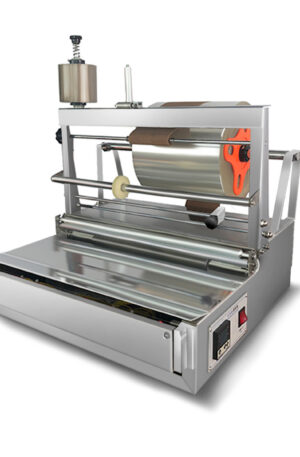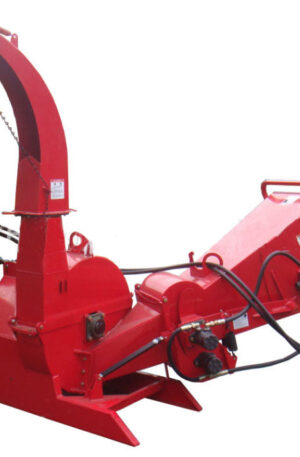Title: “The Evolution of Pharmaceutical Machinery: Advancements and Impact on Drug Production”
Pharmaceutical machinery has come a long way in revolutionizing drug production processes. Table press machines and capsule filling machines have played a crucial role in the pharmaceutical industry’s evolution. In this article, we will explore the advancements of these machines, focusing on the TDP (Tablet Press Machine) and THDP (Automatic Capsule Filling Machine), and their impact on drug production.
The TDP, also known as a tablet press machine, has been a game-changer in the pharmaceutical manufacturing process. This machine is used to compress granular powders into tablets of uniform size and shape. With the advancement of technology, modern TDPs are equipped with features such as automated feeding systems, adjustable compression settings, and real-time monitoring, ensuring precise and efficient tablet production. The ability to control parameters like tablet hardness, thickness, and weight with high accuracy has significantly improved the quality and consistency of pharmaceutical products.
On the other hand, the THDP, or Automatic Capsule Filling Machine, has streamlined the production of capsules, offering increased efficiency and accuracy. These machines are capable of filling a large number of capsules quickly and precisely, reducing the risk of human error in the filling process. Advanced THDPs come with features like automatic cleaning, changeable dosing discs, and electronic monitoring systems, making them versatile and user-friendly for pharmaceutical manufacturers. The precision and speed of capsule filling machines have contributed to the enhanced productivity of drug production facilities.
The evolution of pharmaceutical machinery, particularly the TDP and THDP, has had a profound impact on drug production. Manufacturers can now produce high-quality tablets and capsules at a faster rate, leading to increased output and lower production costs. The automation and advanced technology integrated into these machines have not only improved the efficiency of drug manufacturing but also ensured product consistency and compliance with regulatory standards.
In conclusion, the advancements in pharmaceutical machinery, specifically the TDP and THDP, have transformed the way drugs are produced. These machines have paved the way for increased productivity, improved product quality, and cost-effective manufacturing processes in the pharmaceutical industry. As technology continues to progress, the evolution of pharmaceutical machinery will undoubtedly continue, further enhancing drug production capabilities and driving innovation in the field.
